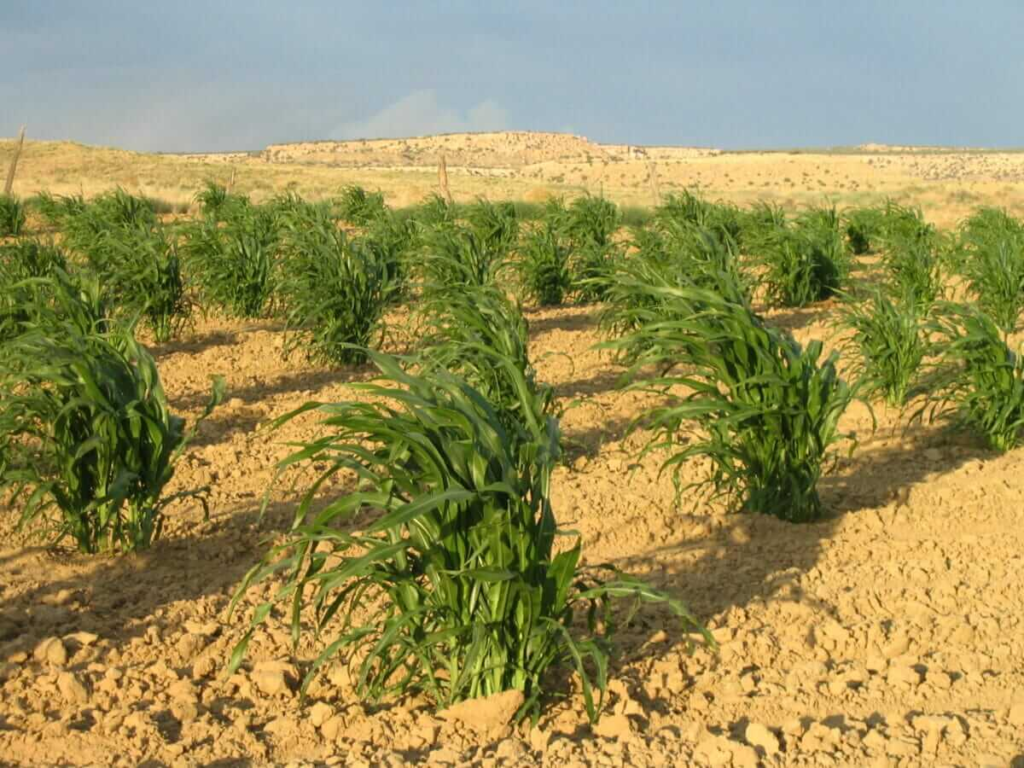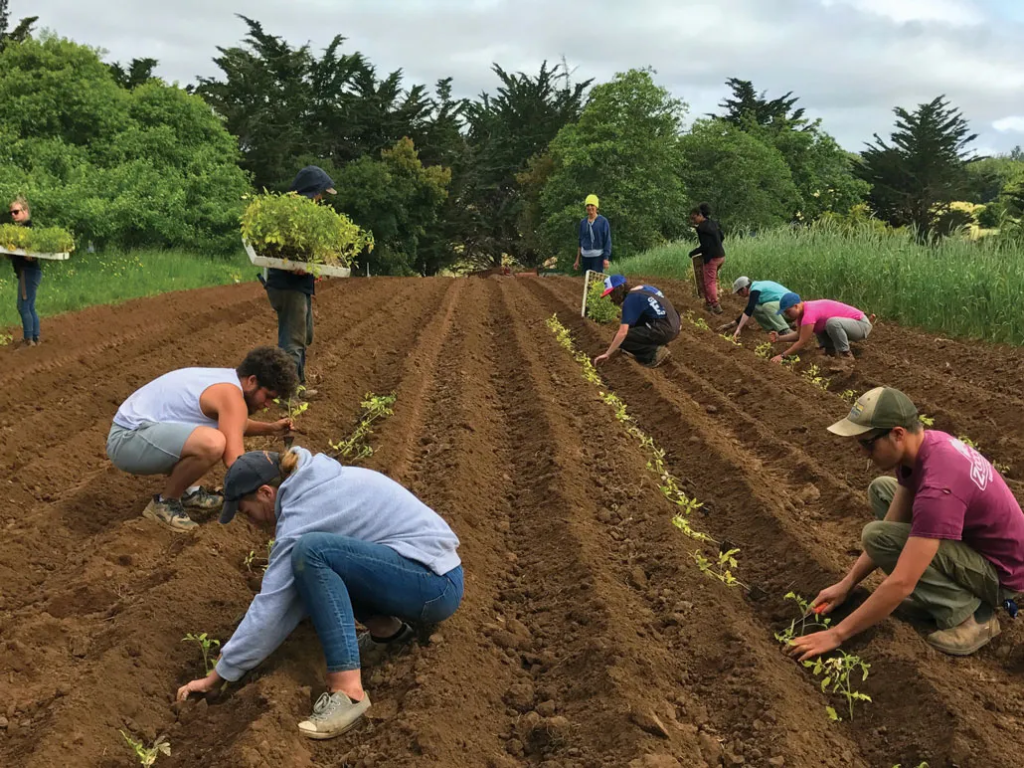What is Dry Farming? As water scarcity becomes a pressing concern across India, especially in semi-arid and drought-prone regions, many farmers are turning to a technique known as dry farming — a method of agriculture that relies entirely on rainfall, without the use of irrigation systems.
This approach is gaining attention in states like Rajasthan, Maharashtra, Karnataka, and Madhya Pradesh, where consistent access to water is increasingly difficult.
Table of Contents
What Is Dry Farming?
Dry farming, also called rainfed agriculture, is the practice of cultivating crops in regions with low and erratic rainfall, usually less than 750 mm annually. Unlike conventional farming, it does not depend on artificial irrigation sources such as canals, wells, or borewells. Instead, it focuses on using natural rainfall and conserving soil moisture to grow crops.

Where Is It Practiced?
In India, nearly 60% of agricultural land is rainfed. The technique is especially relevant in:
- Rajasthan – particularly in western districts like Barmer and Jodhpur
- Maharashtra – especially in the Marathwada and Vidarbha regions
- Karnataka – in dry districts such as Bijapur and Chitradurga
- Madhya Pradesh and Telangana – in select pockets with low rainfall
Farmers in these areas grow crops suited to dry conditions — such as jowar, bajra, ragi, pulses, groundnut, and oilseeds.
How Does Dry Farming Work?
The success of dry farming lies in thoughtful planning and natural resource management. Farmers begin by ploughing their fields deeply just before the monsoon season to ensure that rainfall can infiltrate and be stored in the soil. During and after the rains, organic mulching using plant residues helps reduce water loss from evaporation. Land shaping practices like contour bunding, ridge formation, and compartmental bunding help control runoff and improve water retention. Crop spacing is managed to ensure each plant has sufficient access to available moisture, and farmers often select short-duration or drought-tolerant crop varieties that can mature quickly before the soil dries out.
What is Contour Bunding?
Contour bunding is a soil and water conservation method where small earthen embankments are built along the natural contours of a slope. This helps slow down water runoff during rains, allowing more moisture to soak into the soil and reducing soil erosion. It’s widely used in dry farming to improve water retention and crop productivity on uneven land.
What is Ridge Formation?
Ridge formation is the practice of shaping soil into raised rows or ridges during land preparation. These ridges help in capturing rainwater, improving drainage, and reducing water runoff. It is especially useful in dry farming to retain soil moisture around plant roots and support healthy crop growth.
What is Compartmental Bunding?
Compartmental bunding is a technique where farmland is divided into small square or rectangular sections using low earthen bunds. This helps trap rainwater in each compartment, allowing it to slowly seep into the soil and reducing runoff. It improves moisture retention and is highly effective in dryland farming.
Why Is Dry Farming Important?
Dry farming offers several advantages, particularly in water-stressed regions. It reduces dependence on external water sources like rivers or underground wells, conserving vital groundwater reserves. Farmers also benefit from lower input costs since there is minimal investment in irrigation infrastructure or fuel. Additionally, dry farming supports environmental sustainability by preventing soil erosion, waterlogging, and chemical imbalances caused by excessive irrigation. In the face of erratic rainfall patterns and rising temperatures, it helps build resilience among farming communities.

Experts argue that for dry farming to become more productive and sustainable, farmers need focused policy support. This includes better procurement mechanisms for millets and pulses, financial incentives for soil and water conservation techniques, and access to risk-mitigation tools like rainfed crop insurance. Improved rural infrastructure, including water harvesting structures and knowledge-sharing platforms, can also make a significant difference. Moreover, training programs to educate farmers on efficient dryland practices are essential for scaling up this method.
Dry farming may not promise the highest yields, but in regions with limited water availability, it offers a practical and sustainable alternative. With the right mix of traditional wisdom, modern science, and targeted support, dry farming can contribute meaningfully to India’s agricultural resilience. For millions of farmers facing the uncertainty of rainfall, it is not just a method — it is a necessity.

